Emergency lights are essential safety systems in U.S. buildings, from hospitals to apartments, ensuring hallways, stairwells, and exits stay visible during power outages.
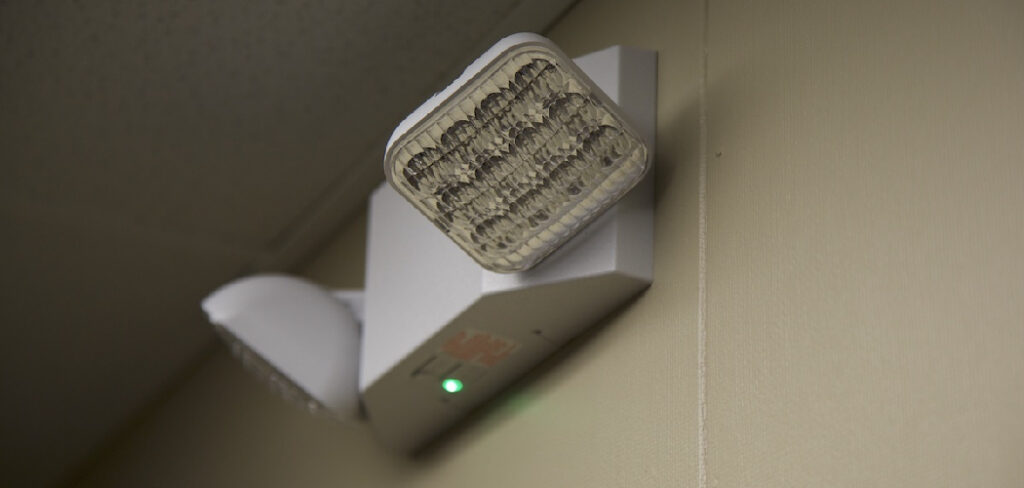
Required by national fire codes and OSHA standards, they guide people to safety when regular lighting fails. However, there are times when shutting them off is necessary—such as battery replacement, maintenance, or renovations. Doing so incorrectly can create hazards, lead to fines, or even legal trouble.
Since these lights are legally mandated in most buildings, any shutdown must be handled with caution. This guide explains how to turn off emergency lights in building, helping building owners, maintenance workers, and contractors stay compliant while avoiding costly mistakes and ensuring safety remains a top priority.
Understanding Emergency Lights in Buildings
Emergency lights come in different types, from standalone hallway fixtures to combo exit signs and centralized systems connected to building-wide power. They remain on because of backup batteries—usually sealed lead-acid or nickel-cadmium—that activate automatically during outages.
This setup ensures compliance with NFPA 101 Life Safety Code and OSHA standards, both of which require reliable emergency lighting in U.S. buildings. Still, there are valid reasons to turn them off temporarily, such as replacing batteries or bulbs, performing electrical upgrades, handling renovations, or conducting safety tests.
The important part is doing it correctly and legally, ensuring you maintain compliance while avoiding hazards. Proper shutdown methods protect both safety and regulatory requirements without creating unnecessary risks.
Legal and Safety Considerations
In the U.S., emergency lights are regulated by the NFPA 101 Life Safety Code and OSHA workplace standards, requiring all public buildings to keep them operational. Local codes may add further rules, making compliance essential.
Improper shutdown can result in fines, legal penalties, or denied insurance claims if accidents occur. Worse, liability may fall directly on building owners or managers if someone is harmed during an outage. Temporary shutdowns for maintenance are generally allowed, but permanent removal requires replacement and approval from inspectors.
To avoid costly mistakes, always confirm with building management and consult a licensed electrician before proceeding. Safety and compliance must remain the top priorities when dealing with emergency lights.
Tools and Preparations
Having the right tools can make the process much smoother. Here’s a list of essential items you’ll need for safely handling emergency lights:
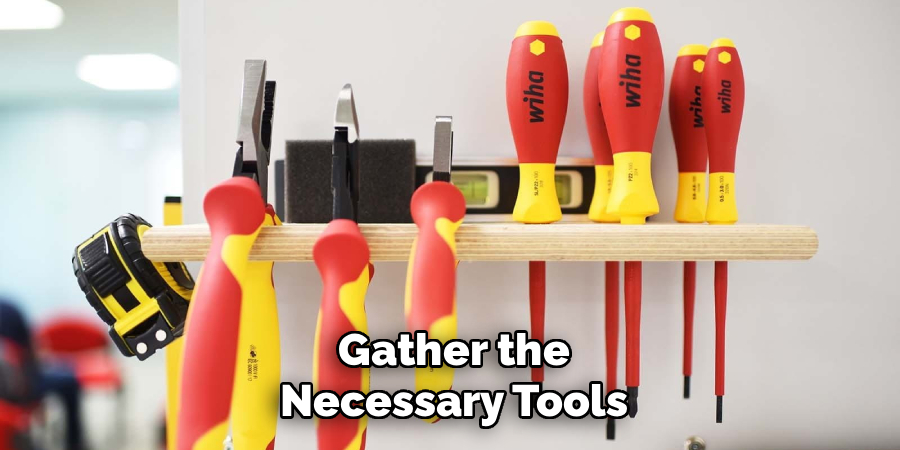
- Screwdriver set (flathead and Phillips)
- Electrical tester
- Access to circuit breaker panel
- Ladder
- Personal protective equipment (gloves, safety glasses)
- Knowledge of which breaker controls the emergency lighting system
Even with tools ready, preparation is half the battle. Know your circuits, double-check safety gear, and always plan to label everything you touch.
6 Easy Steps on How to Turn Off Emergency Lights in Building
Turning off emergency lights isn’t quite as simple as flipping a switch. These units are designed to stay on even during power outages, which means there are multiple power sources to address. Below is a safe, step-by-step approach that balances practicality with safety.
Step 1: Identify the Type of Emergency Light
Before doing anything, determine what kind of light you’re dealing with. Emergency lighting comes in different forms: standalone fixtures with internal batteries, combo units that serve as both exit signs and lights, or centralized systems connected to a generator or fire alarm network.
A quick way to check is by pressing the “test” button on the unit. If it lights up independently, that’s a sign it has its own battery backup. Knowing the type is crucial because the method for shutting it down depends on its design.
Step 2: Shut Off the Power Source
Once you’ve identified the unit, locate the breaker panel in your building. Each circuit breaker is tied to specific areas or devices. Find the one controlling your emergency light and switch it off.
If you’re not sure which breaker is correct, you may need to test them one at a time until you find the right one—but always label it afterward to save time in the future. Never assume the job is done after this step, because emergency lights almost always have a secondary power source in the form of a battery.
Step 3: Disable the Backup Battery
Here’s where many people get caught off guard. Even with the breaker off, the light can keep shining thanks to its internal backup battery. To deal with this, carefully remove the casing using a screwdriver. Inside, you’ll usually see a sealed lead-acid or nickel-cadmium battery pack. Disconnect the connectors carefully, making sure you don’t leave any exposed live wires.
Step 4: Inspect for Additional Power Supply
Some buildings, especially larger ones, don’t rely on individual batteries alone. Instead, their emergency lights are tied to centralized inverters, fire alarm panels, or backup generators. If your unit refuses to shut down even after disconnecting the battery, it’s likely part of such a system.
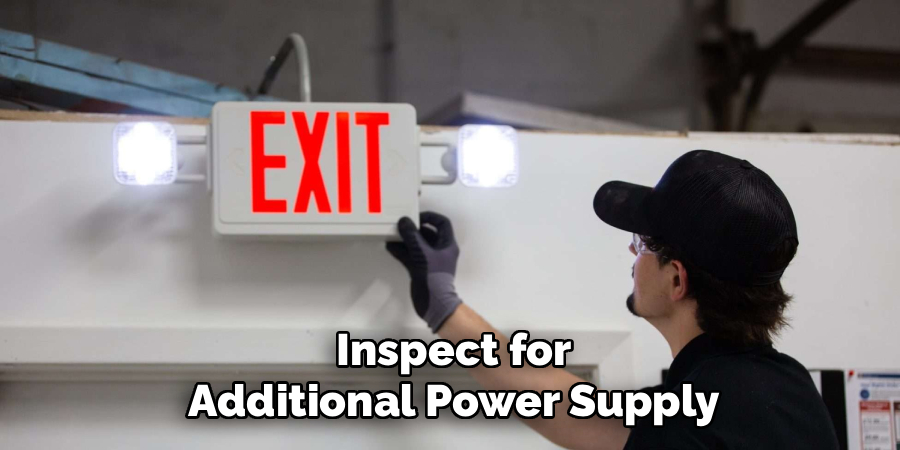
At this point, stop and call a licensed electrician. Tampering with central power supplies can affect more than just one light—it could compromise the entire building’s safety network.
Step 5: Test the Light After Disconnection
Now it’s time to confirm that your work was successful. Press the “test” button again—nothing should happen. For extra safety, use an electrical tester to verify there’s no current flowing into the unit. Once you’re confident the light is truly off, reattach the casing. Make sure everything looks neat and secure; exposed wires or loose covers can become hazards later.
Step 6: Document the Process
Finally, don’t just leave the job undocumented. Record which breaker you shut off, the date of disconnection, and details about the battery removal. Let building management or the safety officer know what’s been done. This helps with accountability, makes future maintenance easier, and ensures there’s a clear record for inspectors or insurance purposes.
By following these six steps carefully, you’ll be able to turn off emergency lights safely, without compromising compliance or safety.
Common Mistakes to Avoid
It’s surprisingly easy to make mistakes when turning off emergency lights. One of the biggest is cutting wires instead of properly disconnecting them. This not only makes future repairs difficult but can also create hazards. Another common mistake is ignoring local codes—just because you’ve shut the lights off doesn’t mean you’re in compliance.
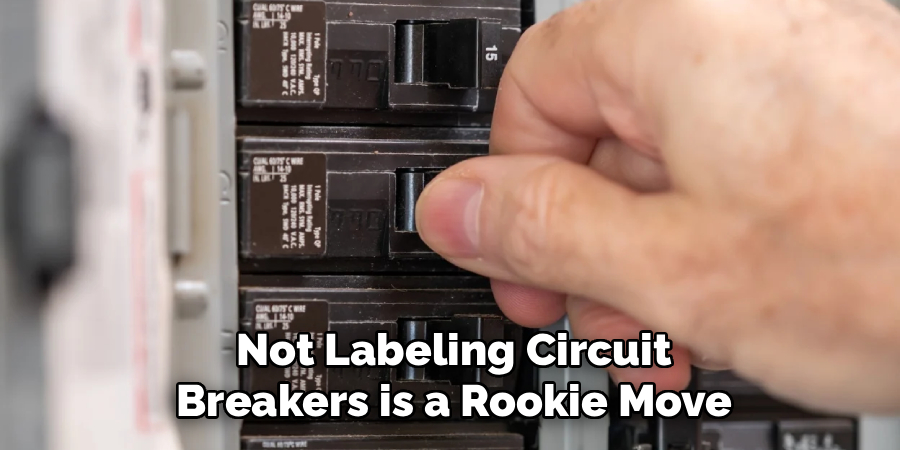
Some people also forget to disconnect the battery, assuming that flipping the breaker is enough. In reality, the lights will keep glowing until the battery runs dry. Others attempt to tamper with centralized systems without professional help, which can lead to widespread electrical issues. Finally, not labeling circuit breakers is a rookie move that always comes back to haunt you.
Maintenance vs. Permanent Shutdown
There’s a big difference between turning off emergency lights for maintenance and shutting them down permanently. Temporary shutdowns for testing, battery replacement, or repairs are typically safe and allowed.
Permanent shutdown or removal, however, is much more serious. In the U.S., it generally requires approval from building inspectors and replacement with newer, compliant systems. Insurance companies and local fire marshals may also require documentation. If you’re considering removing emergency lights entirely, you must ensure that you’re installing an equivalent or better system in their place.
Short Personal Tips
- Always carry a flashlight when working on emergency lights. If the building power cuts unexpectedly, you’ll be glad you did.
- I once shut off a unit without noting the breaker and spent hours later trying to figure out which switch controlled it. Always label—it saves you frustration.
- If you feel unsure about electrical work, call a professional. The cost of an electrician is nothing compared to a fine or accident.
- Emergency lights are designed to resist being turned off easily. That stubbornness is intentional—it’s there for your safety.
- When removing batteries, don’t just toss them in the trash. Most hardware stores in the U.S. have recycling bins for sealed lead-acid or NiCad batteries.
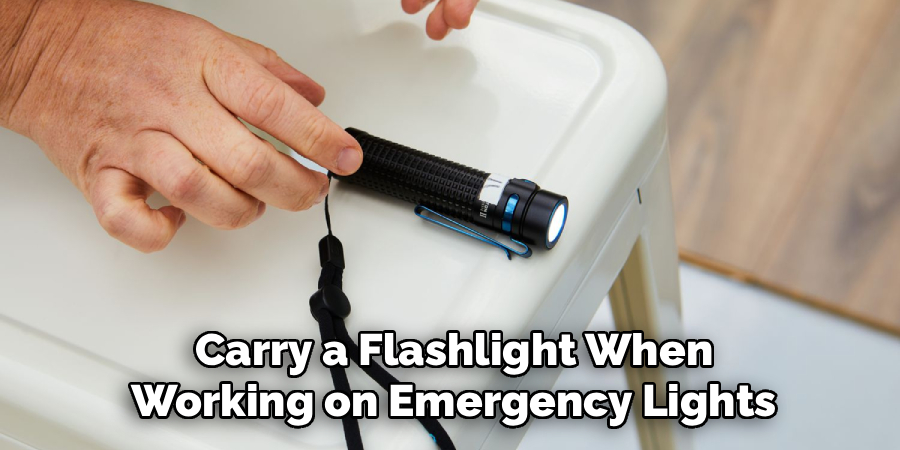
Frequently Asked Questions
Q: How do I know if my emergency lights are battery-powered or centrally wired?
Ans: Most battery-powered units have a small “test” button on the outside. Pressing it will activate the light even if power is off. Centralized systems usually don’t have this feature and instead rely on building-wide power backups.
Q: Is it legal to turn off emergency lights in a building in the USA?
Ans: Yes, but only temporarily for maintenance or testing. Permanent disconnection without replacement can violate NFPA and OSHA codes. Always check with your local regulations before proceeding.
Q: Can I just remove the bulbs to turn off emergency lights?
Ans: Not a good idea. The battery will still try to power the unit, which could damage internal components. Proper disconnection of both power and battery is the right method.
Q: What happens if I don’t reconnect emergency lights after maintenance?
Ans: If an emergency occurs and the lights fail, you could be held legally responsible. Insurance companies may also deny coverage if safety systems were intentionally disabled.
Q: Do I need an electrician to turn off emergency lights?
Ans: For standalone units, you can usually do it yourself if you’re careful. But if the lights are part of a centralized system or tied into a generator, calling a licensed electrician is strongly recommended.
Conclusion
Emergency lights are more than just another fixture in a building—they’re a legal requirement and a lifesaving tool. Turning them off may sometimes be necessary, but it should always be done with care. By identifying the type of unit, shutting off the power, disconnecting the battery, inspecting for additional supplies, testing thoroughly, and documenting everything, you can handle the process safely.
The most important takeaway is that compliance matters. Cutting corners can lead to fines, accidents, or liability issues. If in doubt, consult a professional. Done correctly, however, turning off emergency lights doesn’t have to be complicated. It’s simply about balancing practicality with responsibility, ensuring that when the time comes, your building remains a safe place for everyone inside.
